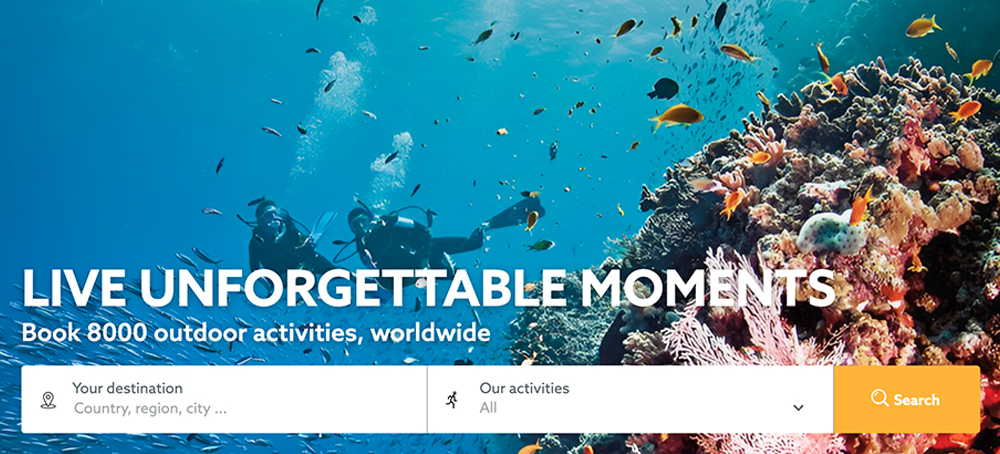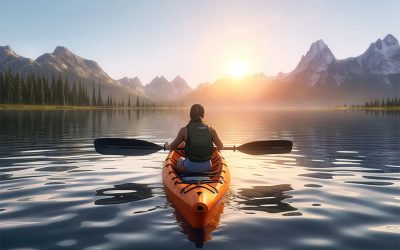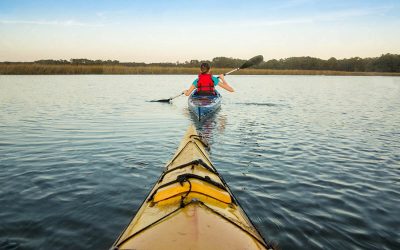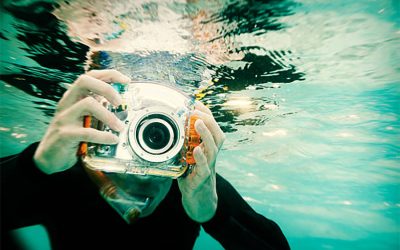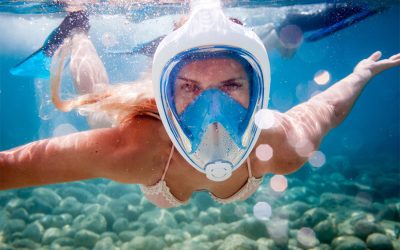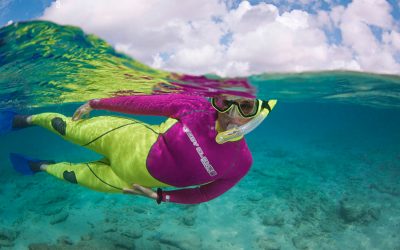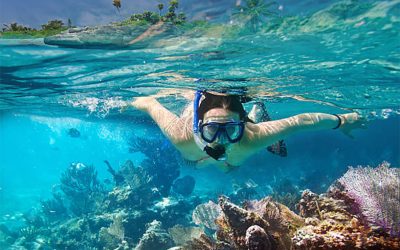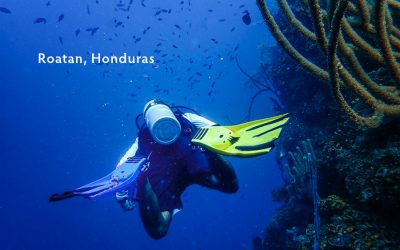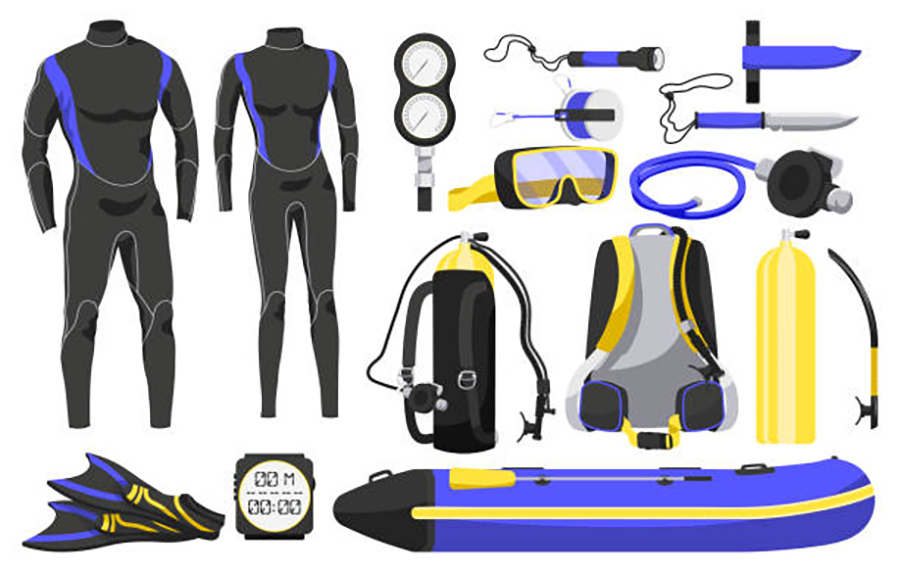Adventure Is Calling, Answer It!
Adventure Is Calling, Answer It!
Adventure Is Calling, Answer It!
Adventure Is Calling, Answer It!
Adventure Is Calling, Answer It!
Adventure Is Calling, Answer It!
Adventure Is Calling, Answer It!
Adventure Is Calling, Answer It!
Heck Yeah Outdoors - Inspiring Your Next Outdoor Adventure!
Explore The Latest Blog Posts
11 Best Places To Kayak In Northern California: Coastlines To Countrysides
Apr 20, 2024
Embarking on a kayaking adventure along the pristine waters of Northern California offers an...
Kayaking Charleston SC: The Complete Guide To Exploring Coastal Beauty
Apr 7, 2024
Nestled within the heart of South Carolina, Charleston beckons adventurers and nature enthusiasts...
Best Scuba Diving Camera For Beginners: The Top Picks For 2024
Mar 20, 2024
Selecting the best scuba diving camera for beginners is crucial as it can significantly enhance...
7 Best Full Face Snorkel Masks for Every Adventurer
Mar 16, 2024
Gazing at the wonders of the underwater world is an incredible experience, but traditional snorkel...
Bonaire Snorkeling Adventures: A Snorkler’s Complete Guide
Mar 14, 2024
Bonaire beckons snorkelers to explore its enchanting underwater world, making it a premier...
9 Best Fishing Kayaks Under $1000 For Every Angler In 2024
Mar 7, 2024
In the realm of fishing kayaks, finding the perfect balance between affordability and...
11 Best Snorkeling Fins: The Complete Guide To Choosing The Perfect Pair
Mar 5, 2024
Embarking on an underwater adventure requires more than just a snorkel and mask; it demands the...
Best Snorkeling In Oahu: Discover the Ultimate Underwater Adventure
Mar 3, 2024
Welcome to the ultimate guide to the best snorkeling in Oahu, Hawaii's most enchanting island...
Best Snorkeling Florida Keys: Dive into Paradise with These Top Spots
Mar 1, 2024
The Florida Keys are renowned for their stunning snorkeling opportunities, earning them the...
Spring Break 2024: Top Spring Break Boat Charter Destinations
Feb 26, 2024
Spring break boat charters offer a refreshing twist on the traditional spring break experience,...
Roatan Scuba Diving: Exploring Roatan’s Underwater Beauty
Feb 24, 2024
Roatan, Honduras, a Caribbean gem, stands as the largest among Honduras's Bay Islands, nestled...
The Ultimate Diving Equipment List: Essential Gear for Every Diver
Feb 22, 2024
Diving into the depths of the ocean is a thrilling adventure that offers unparalleled experiences...
Crave Adventure, Capture Memories
Smartphone Photography For Outdoor Adventurers
Don’t let those epic moments fade into blurry memories. Learn how to use the camera in your pocket to capture your outdoor adventures.

